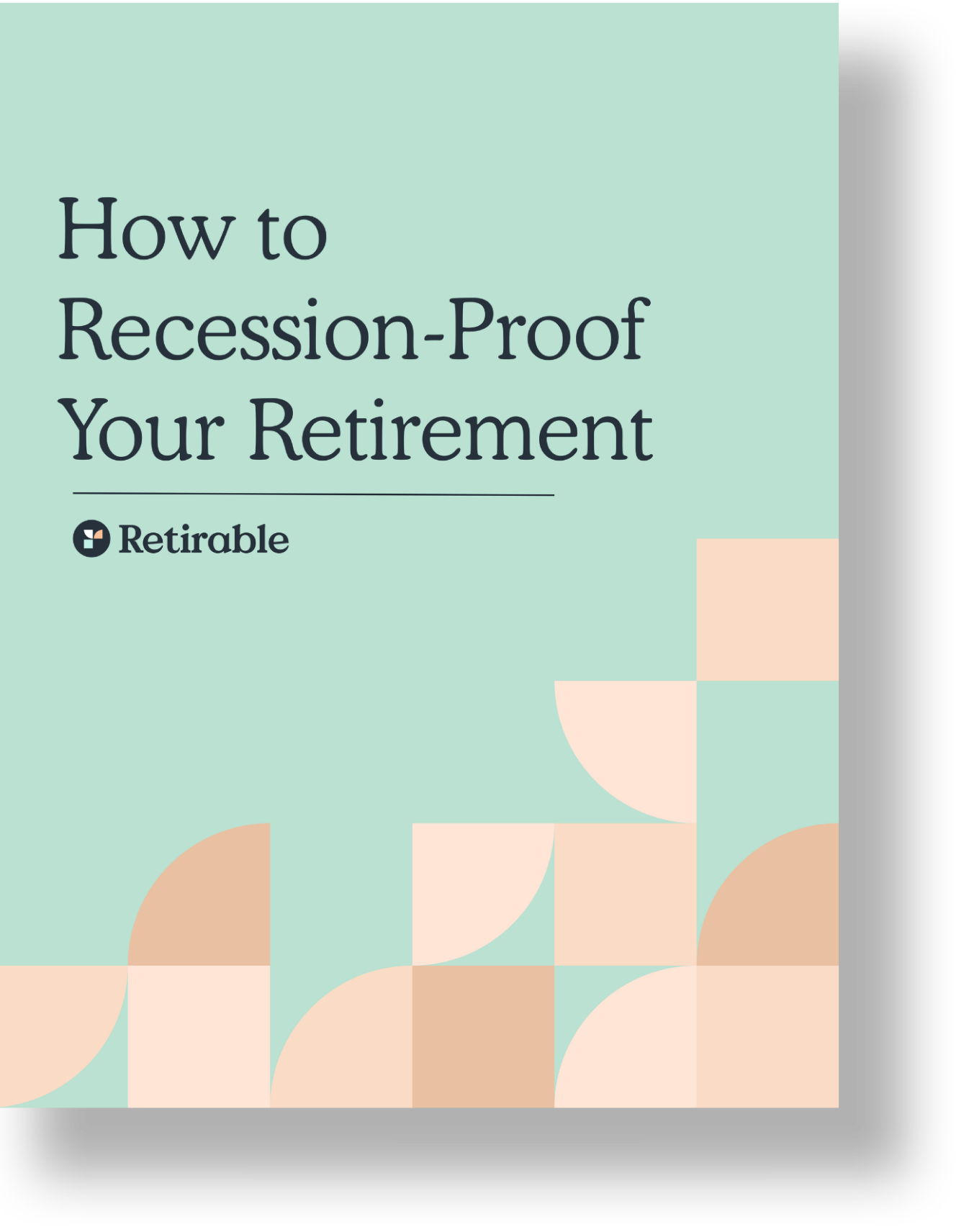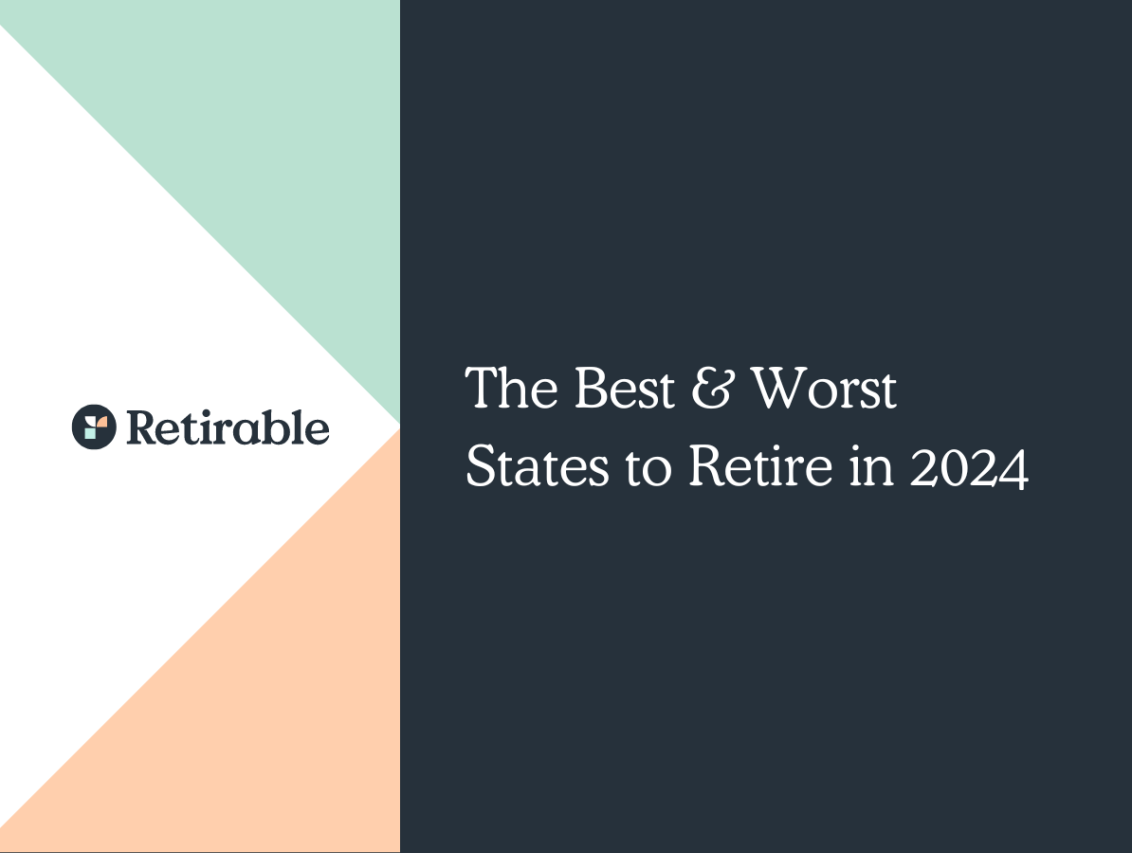Lifestyle
Sick of the rat race? While most Americans retire at age 65, an increasing number of people are aiming for an early retirement—some as early as age 50, or even 40. If you dream of living work-free, take a look at the following strategies and savings methods to ensure you have enough to live out the rest of your life in comfort and without the 9-to-5 drag.

C.E Larusso
•
Published August 3rd, 2023
Table of Contents
Key Takeaways
Retiring early requires planning, serious saving, and number-crunching—a financial advisor can help
Retiring early can mean leaving the workforce at age 40 or age 60—it depends on your financial picture and goals
You may need to revise your retirement vision if you want to take an early retirement
Sick of the rat race? While most Americans retire at age 65, an increasing number of people are aiming for an early retirement—some as early as age 50, or even 40. If you dream of living work-free, take a look at the following strategies and savings methods to ensure you have enough to live out the rest of your life in comfort and without the 9-to-5 drag.
What Does It Mean to Retire Early?
Retiring early broadly means retiring before full retirement age (FRA) of 65, however some people now define it as retiring long before that—for some, as early as 40 years old.
The FIRE (Financial Independence, Retire Early) strategy, which was inspired by the 1992 book Your Money or Your Life by Vicki Robin and Joe Dominguez, popularized the idea that you should save the majority of your income for retirement (sometimes as much as 70%) so you can quit working earlier in life and enjoy the rest of your time traveling, pursuing your favorite hobbies, or learning for learning’s sake.
To retire before you start receiving your Social Security benefits (available at age 62), you’ll need to self-fund your lifestyle, which means having a significant amount of money available in your savings. In addition, if you start receiving Social Security before your full retirement age (age 66 or 67 depending on what year you were born), you’ll only receive a fraction of what you would have received if you had waited. And if you wait until age 70, you’ll receive more.
Since the average lifespan is 79 years old, retiring at age 40 means you’ll need nearly 30 years of income saved up to sustain you for the rest of your life.
How to Retire Early
Work-free life is within reach. Learn how to retire early by mapping out a savings plan and a target retirement date.
1. Revise and Refine Your Retirement Goals
What do you want your retirement to look like? Some picture a cottage in the woods, living leanly, while others want to enjoy traveling around the globe. Whatever your ideal retirement looks like, you’ll need to make sure you have enough money to support it, especially if you wish to retire early.
If you think you’ll want to live similarly to how you live before retirement, you’ll need to calculate your savings accordingly. Typically, people spend 70%-80% of what they spent pre-retirement during retirement, however you can choose to adjust your lifestyle quite dramatically if you wish to retire early or simply make your funds go further.
2. Calculate Your Required Savings
Now that you have an idea of how you want to live during retirement, you can start to calculate how much you need to save to get there.
To do this, you need to look at your spending habits and see if there are places a) you can cut back now to save or b) places you can cut back later to make your savings go further.
Pull out an old-fashioned pen-and-notebook or fire up a Google Sheet, then list all your major expenses for three months. Include things like:
- Housing
- Food
- Clothing
- Transportation
- Healthcare
- Entertainment
You should take the total, then divide it by three to get an average monthly expenditure. Multiply that number by 12 to get your yearly average. For instance, if your average spend per month is $3,000, you’d multiply that by 12 to get $36,000 per year. Now you know you need roughly that amount times the number of years you wish to be work-free. If you want to retire at 60 and assume you will live for 20 years after that, given the numbers outlined above, you’d want to save $720,000 at a minimum. Saving more will make sure you are prepared for periods of inflation or other unexpected costs.
For healthcare, you’ll want to prepare for an increase in spending as the years go on. It has been noted in some studies that healthcare costs for those age 65 and up are three times as expensive as those for someone during their working years—in addition, you should factor in inflation jumps of 2-3% per year. Calculating healthcare costs for your retirement is not an easy calculation, but it goes without saying that you should plan on having more than you think you’ll need.
3. Set a Goal
Now that you know how much you spend every year, you should figure out when you want to retire so you can work backwards and determine how much you’ll need to have saved by that date or age. Don’t forget to subtract however much you currently have in your nest egg from the goal so you can see how much progress you’ve already made! Additionally, remember it’s wise to build in a solid cushion in case of emergencies.
4. Make Difficult Decisions
As we noted, part of determining how much you’re spending now—and where your money is going—is a way to make tough choices and learn where you can cut back and put more towards your retirement savings. For instance, is it wise to plan that three-week tour of South America now, or would you prefer to save that money to take a longer vacation during your early retirement? Everyone’s needs and goals are different, so it’s important that you assess your situation, figure out what would make you most happy in the short and long-term, and prioritize accordingly.
5. Cut Back on The Big Three
Typically, housing, transportation, and food are the places people spend the bulk of their spending money (70% on average). Here are some ways you can cut back in these areas:
- If you live in a home with multiple bedrooms, rent one out via AirBnB or as a long-term rental
- Downsize—if you live in a three-bedroom, consider moving into a two, or swapping a two for a one-bedroom
- Use public transportation as much as possible to pay for less gas
- Sell your car and buy a less expensive one; put the rest of the sale money into your retirement
- Consider forgoing a car altogether, if you work from home or can rely on public transportation (bonus: it’s better for the environment!)
- Eat out less; eating at home is almost always cheaper (and healthier) than eating out
- Buy food in bulk from stores like Costco
6. Increase Your Income
Do you have a specialized skill you can use to pick up some freelance work? Even if you only make an extra $100 or $200 per week, a side gig can get you to your retirement goals much faster (as long as you actually save the money instead of spending it). There’s lots of side hustles that don’t necessarily require any special skill, either: you can offer to do housework for your neighbors, walk dogs, or care for friends’ kids.
7. Make Work Work For You
If you have a full-time job, make sure that you are taking advantage of any matching 401(k) contributions—that’s free money from your employer that can get you to your retirement goal faster. In addition, do some research and make sure your salary is in line with industry averages, and if not, ask for a raise.
8. Develop A Savings Plan
You’ll need to set a strict budget and spending plan to achieve your retirement goal, and then you’ll need to stick to it as closely as possible (while also acknowledging that sometimes set-backs, such as medical emergencies, do happen). Meeting with a financial advisor is the best way to develop a plan to diversify your investments and know how much you can save each week, month, and year towards your goal. Your advisor will likely help you figure out how to max out the various savings tools offered to you—for instance, you can contribute the most per year to your 401(k), so they might suggest putting as much money there as possible then starting contributions to your IRA.
In addition, an advisor can offer sound advice when it comes to risk management. You’ll need to find the right balance between growth and stability, and that could involve putting money in some liquid, secure investments (money market accounts, CDs, etc.) with the rest of your savings divided amongst stocks, bonds, and other fixed-income investments.
9. Pay Off Debt
It’s obvious advice, but many folks are stuck under the burden of debt which prevents them from saving for retirement. Do everything you can to pay off your debt (starting with the debt with the highest interest rate) so you can move your money into savings.
10. Start Yesterday
It’s never too early to start saving for retirement, and the earliest you start, the more time your money has to grow and earn interest. $1 invested when you are age 20 can become nearly $6 by the time you turn 65, assuming a 4% return. That same dollar, if invested at age 40, would only be worth $2.67 as you’d be losing out on 20 years of returns. So start saving today, or as soon as you can, so you can get to that work-free tomorrow.
How to Calculate Your Retirement Age
Curious to know how much you will have at your target retirement, given your current financial situation? Use Retirable’s retirement calculator to get a snapshot of your retirement picture. All you’ll need to input is:
- Your birthdate
- How much you have saved
- Your goal retirement age
This will help you see how much you will have, on a monthly basis, based on the goal age you input and your current savings. You can then adjust the figures—see how much more you’d have if you saved an extra $20,000 this year, for instance—to determine the amount you’ll need to reach your goal retirement age.
The calculator already assumes a 2% inflation rate, which is a conservative estimate.
Frequently Asked Questions
What age is the earliest to retire?
Formally speaking, the government recognizes retirement at 62—the age at which you can begin to take Social Security benefits—however, full retirement age (FRA) is 65. That said, you’re allowed to retire whenever you wish, though you’d need other sources of income to support you, such as other forms of savings. Keep in mind, also, that taking your Social Security benefits at 62 means that your benefits will be reduced by as much as 30%.
How much do I need to retire at 50?
There’s a lot of answers to this, as it depends on how much you spend per year and whether or not you plan to maintain your current lifestyle. If, though, you plan to spend around $60,000 per year and to live until age 85, with a 5% annual return with 3% inflation, you’ll need roughly $1.5 million in savings.
Is 40 too early to retire?
Retiring at age 40 is entirely possible, but very out-of-reach for a lot of people. To retire this young, you’d need to have saved a fair amount of money—enough to keep you alive for at least 40 years, and account for inflation and increasing medical costs. Most people who retire at 40 have been saving 50% of their income for at least 15 years, and might also have some familial wealth. It’s also worth considering that around age 40 is when you should be starting to hit your peak income years, which can be valuable from a savings perspective.
Share this advice

A professional content writer, C.E. Larusso has written about all things home, finance, family, and wellness for a variety of publications, including Angi, HomeLight, Noodle, and Mimi. She is based in Los Angeles.
Share this advice

A professional content writer, C.E. Larusso has written about all things home, finance, family, and wellness for a variety of publications, including Angi, HomeLight, Noodle, and Mimi. She is based in Los Angeles.
Free Retirement Consultation
Still have questions about how to properly plan for retirement? Speak with a licensed fiduciary for free.






